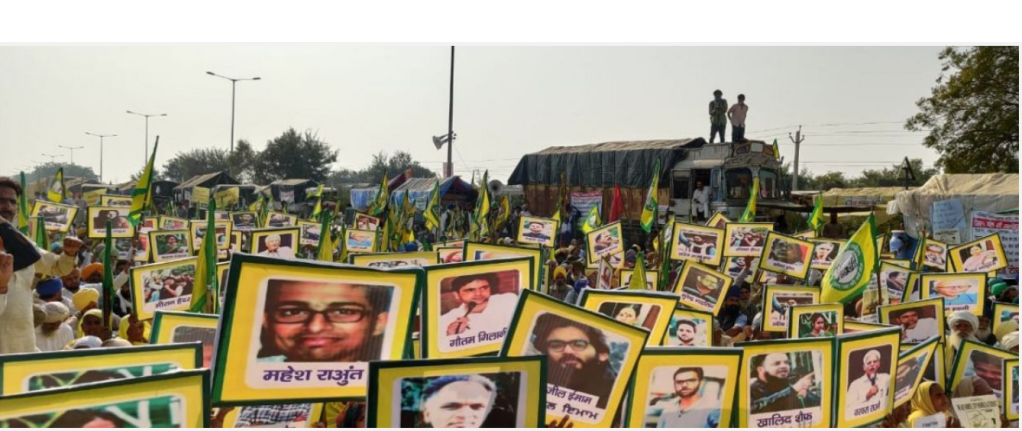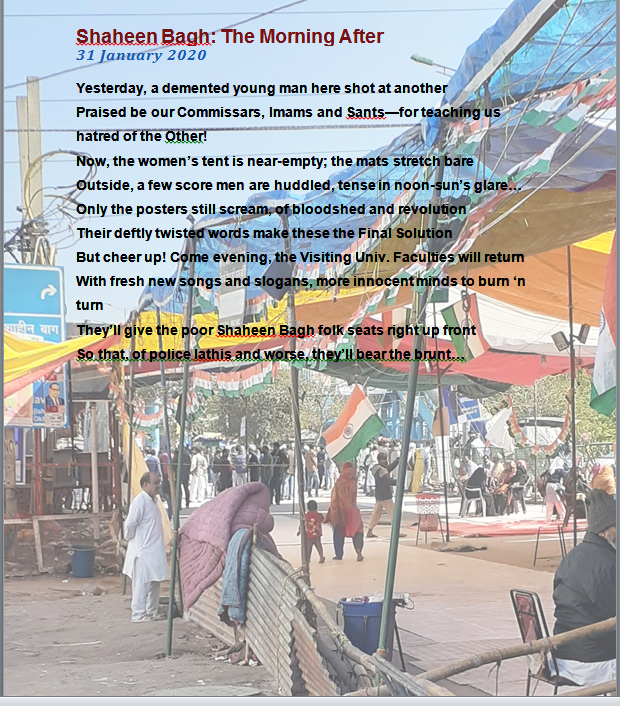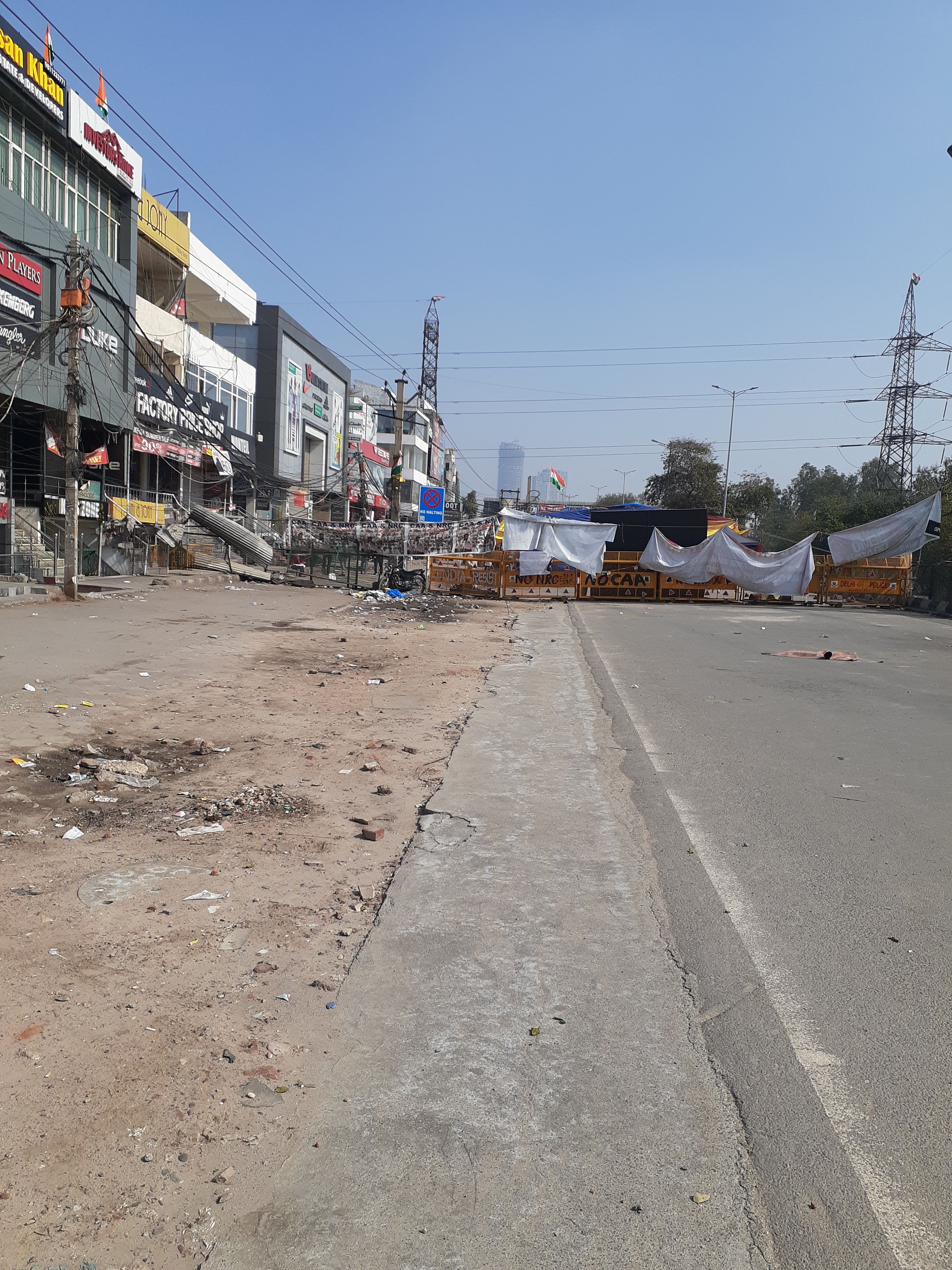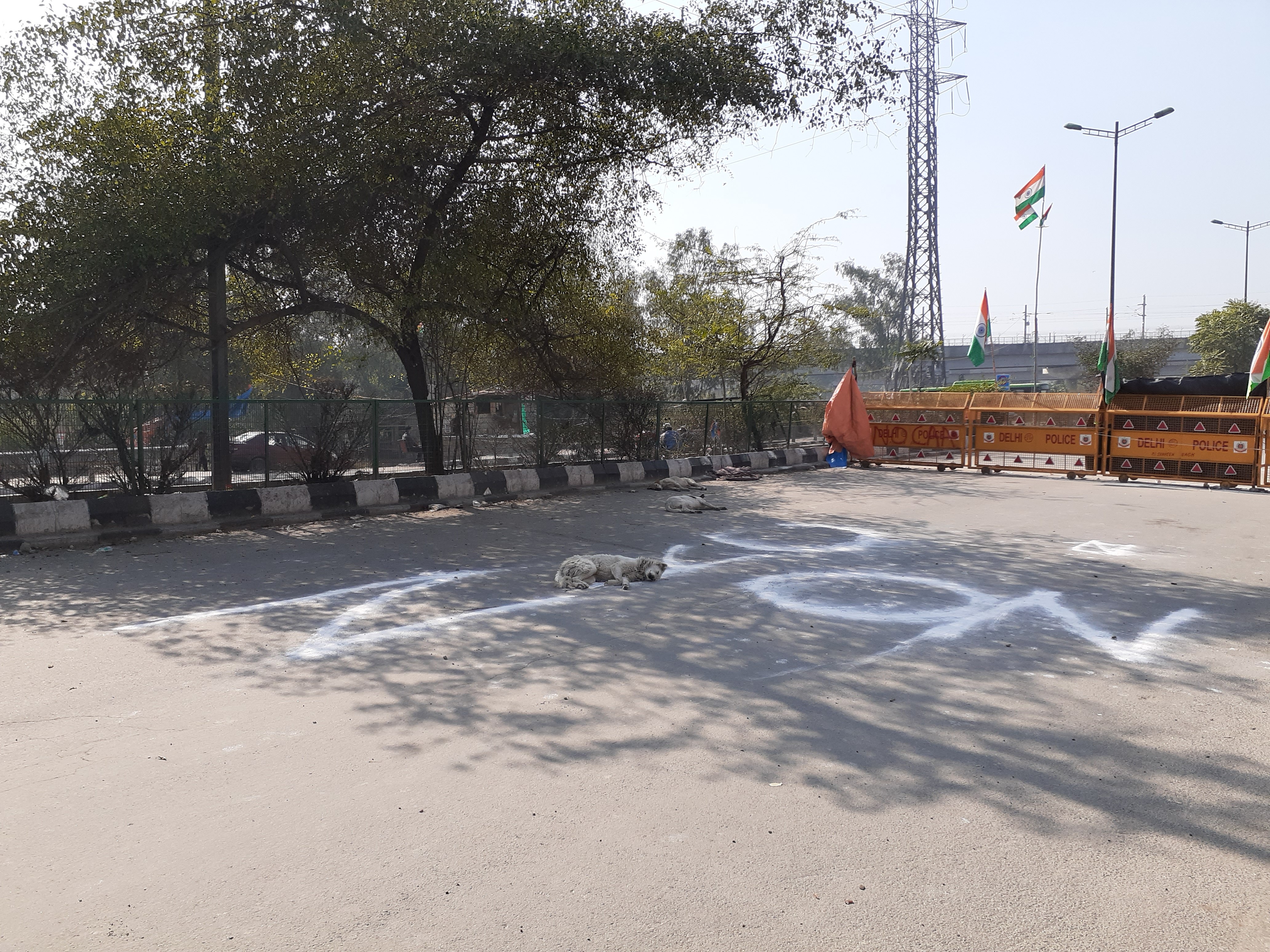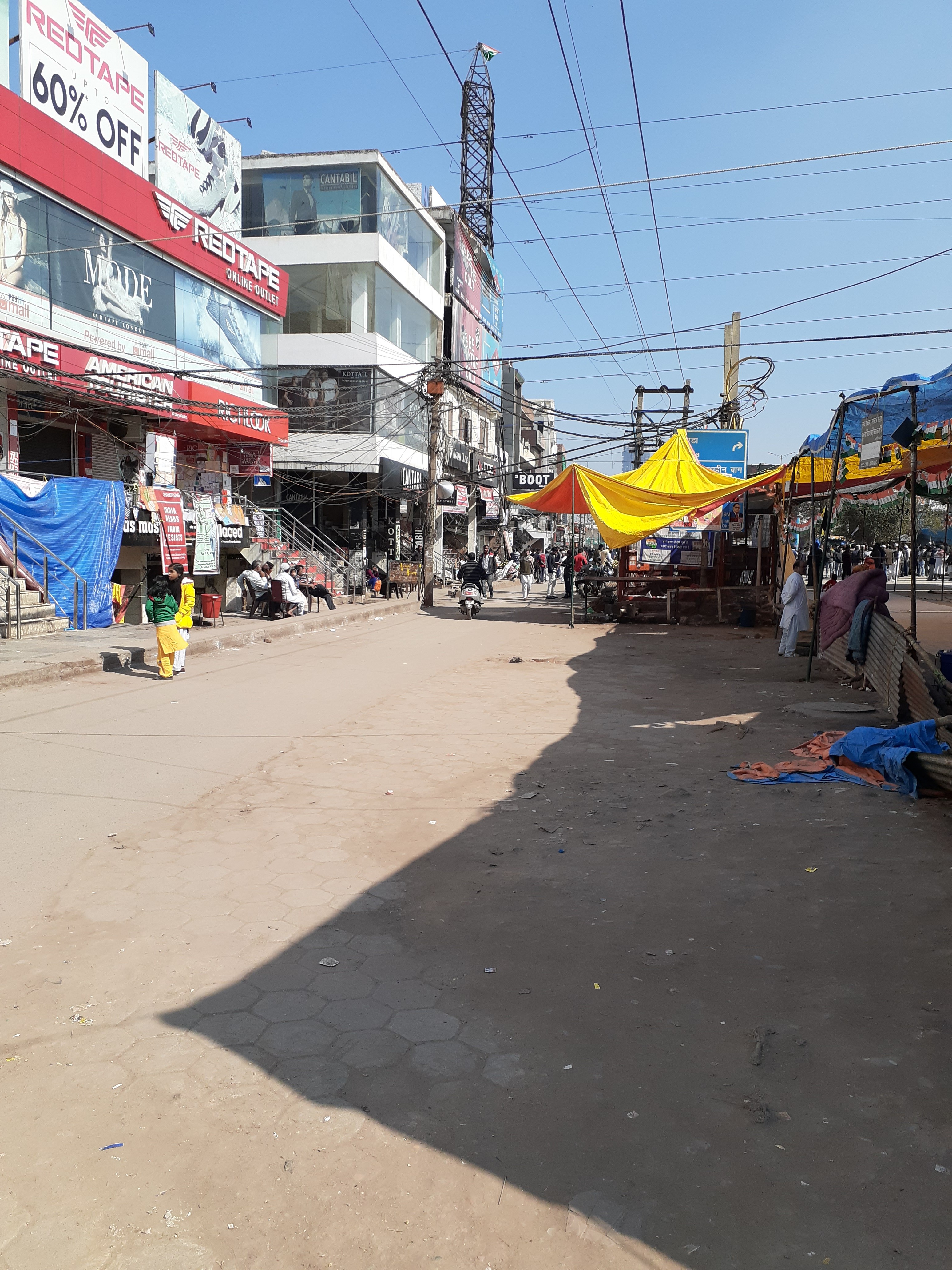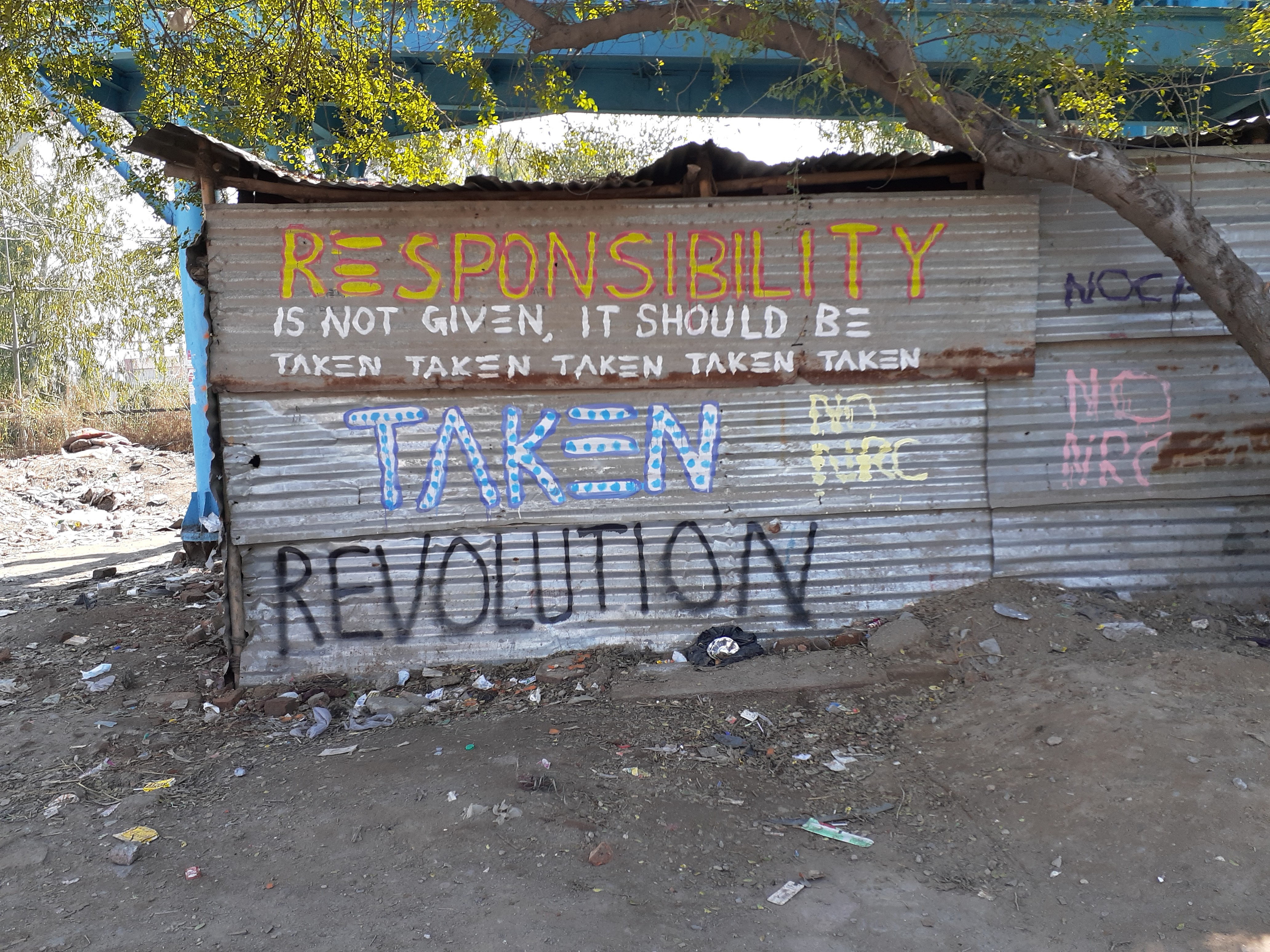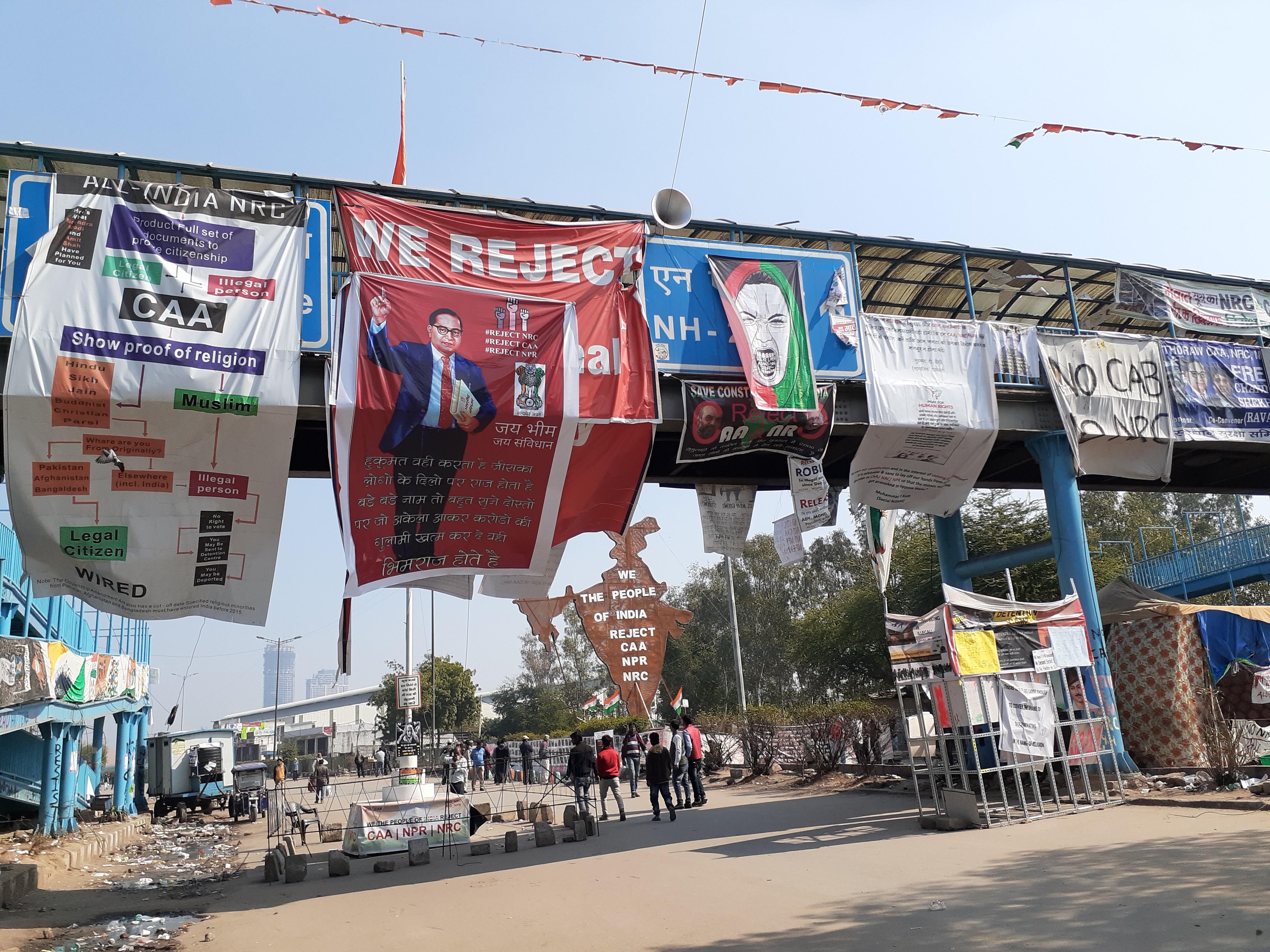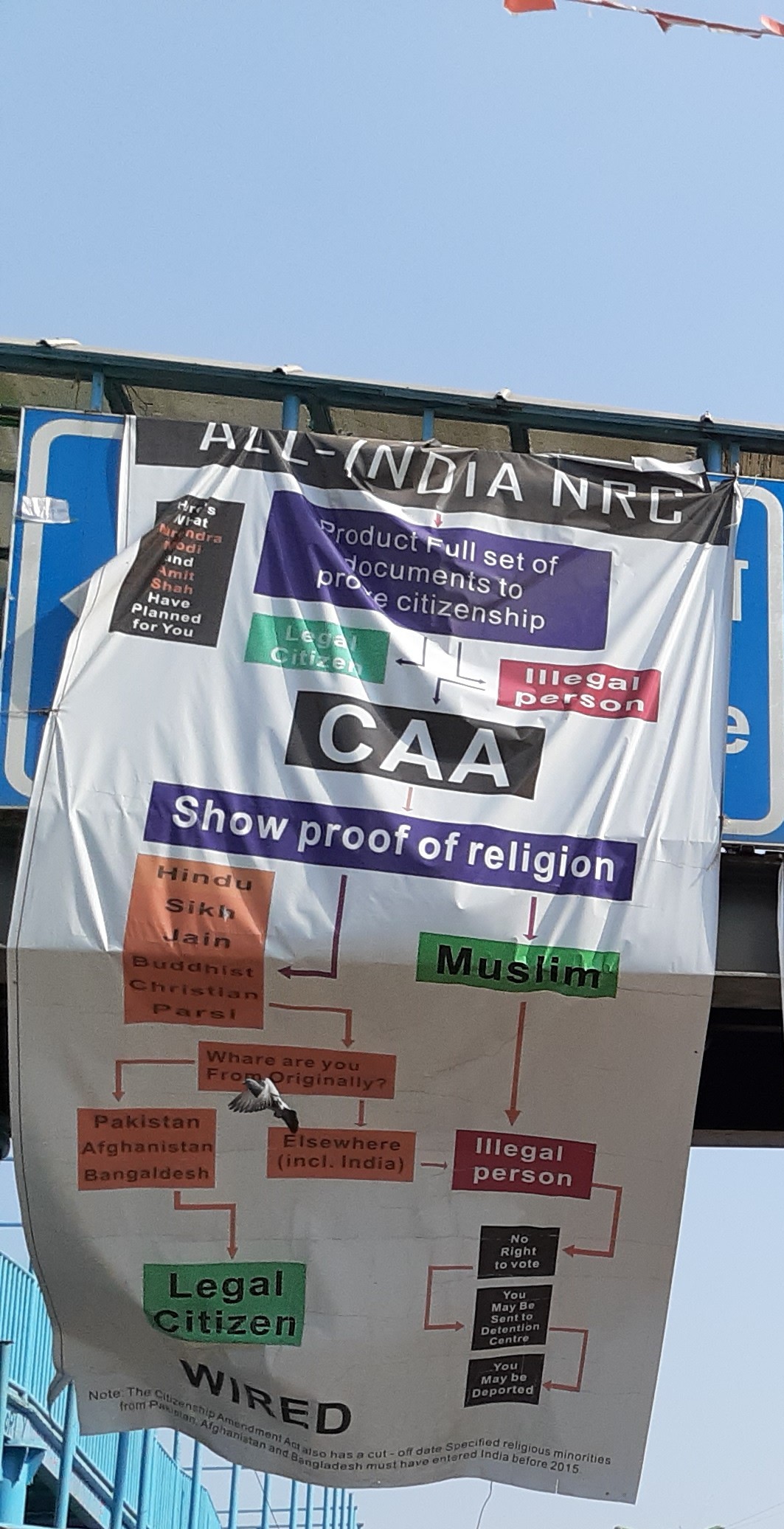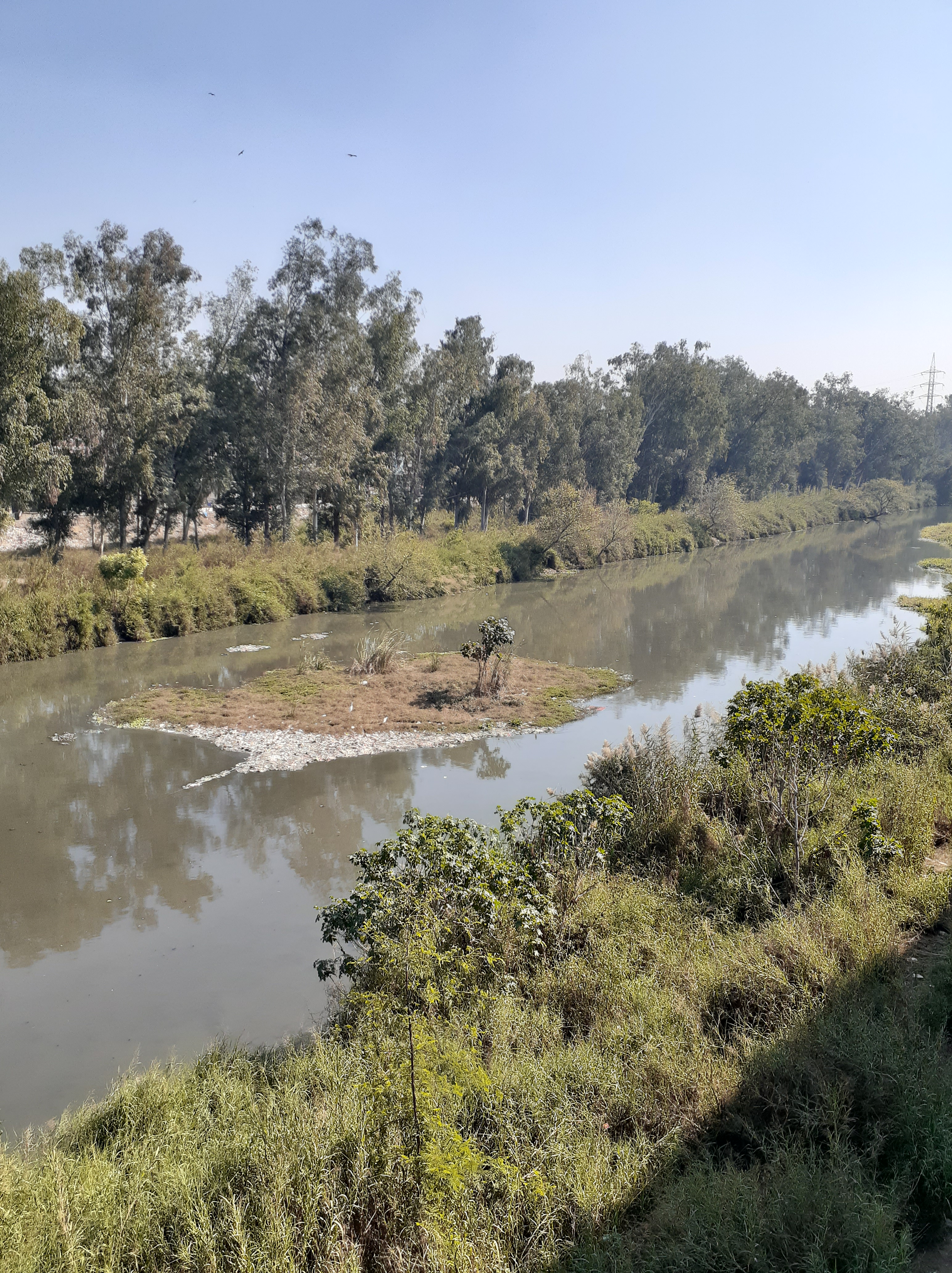Warning: violence; no political correctness here
This is one of half a dozen short stories I wrote back in mid-1993: soon after I quit my job as a banker of 13 years’ vintage to don the lifelong disguise of writer… …and soon after Bombay, and India, plunged into a bloodfest organized by an unholy alliance of religious and temporal kooks, primarily Muslim and Hindu; a bloodfest that polarized India, lasted nearly 10 years and still erupts from time to time. The stories explored different manifestations of violence; the themes were all largely drawn from reality…and often, as in this case, built around personal experience.
I thought I’d wipe 30 years’ dust off this story and post it now…at a time when we feel pressurized to Choose every second of our lives in every aspect of our lives between This extreme and That extreme in a world that’s become Binary, a time when Russians and Ukrainians are slaughtering one another, when Hamas has achieved spectacular new depths of mass butchery of men, women and children in Israel and Israel is reducing Gaza and the bones of its residents to rubble…
I’d welcome your comments, Gentle Reader, as always.
I could see the highway as I descended the steep lane from my hill-top colony. It was awash with rain water, twin ribbons of glistening, rippling grey-black macadam stretching away in both directions, deserted at this early hour. The narrow mud-and-rubble divider that ran in between was as black as the ominous cloud-layer above. It was cold, and I shivered as the moisture-laden wind from the west tugged at my shawl.It was a good half-a-kilometre down to the 24/7 medical store on the road that led to the railway station. I had a terrible migraine, and needed to buy an inhaler and tablets.
I crossed the little bridge that gave on to the highway and waded across the flooded road till I reached the divider. Stepping on to it, I turned and began to walk along its length, picking my way carefully through the jumble of stones and clumps of rain-drenched grass. Walking along the divider would be slow and slippery, yet far preferable to wading along the verge where the water was deepest. And on the divider, at least I could be confident that no hidden brimming-over potholes waited, open-mouthed and hungry, to swallow me whole.
I saw movement to my left. In the darkness, two—no, three black shapes materialized on the verge and began to cross the road ahead of me. The men must have come up from the sprawling shanty-town that lay to the left, below the highway. I watched as they ascended the divider and walked towards me. One of them, I saw, carried a shapeless black bundle upon his shoulder.
They stopped, all of a sudden, about fifty feet ahead of me, and went into a huddle, heads close together. Something about their manner, some faint, inexplicable sense of uneasiness, made me slow down and come to a standstill. They hadn’t seen me yet. I watched as the tallest figure—the one with the bundle—brought his arms up and swung the bundle off his shoulder. It landed in the mud with a soggy thump.
The three figures stood, motionless, as though waiting for something.
I glanced at my watch. 05:20.
In another ten minutes, the great convoys of Bombay-bound trucks would be released from their shackles at the toll-tax gates a kilometre up the highway to the north, and soon the three lanes to the left would be filled with countless tonnes of hurtling metal and the air would reverberate with the triumphant roar of the trucks as they sped towards the wholesale markets and industrial belts of the great city.
As yet, though, the silence was disturbed only by the bubbling and chuckling of the flooded drains and sewage canals on either side of the highway. A light drizzle began, but I just stood there and watched the three figures as they hulked over the dark bundle at their feet. After a moment, the tall one—obviously the leader—squatted down and began to work at the top of the bundle. Curiosity overcame apprehension; I crept forward till I was barely twenty feet away from them, and now I could clearly see what was happening. The bundle was a jute sack, the kind used to pack grain or sugar in; the tall man was undoing the tight knots that bound the sack’s neck, with what seemed to be extraordinary caution.
He worked away silently, and his companions stood about him, watching his busy fingers as intently as I was. A pale, watery-grey light broke out over the dark hills to the east, just as the tall man undid the final knot and sprang back.
For a few seconds nothing happened. And then…the sack moved. One of the men laughed softly, but was shushed by the tall man. Their eyes were on the sack; if they’d seen me, they showed no signs of it.
Again, the sack moved…as though, deep within its rough, sodden folds, something was wriggling about, struggling to emerge.
A hum reached my ears, and deepened and grew steadily till it pulsed and throbbed in the thick atmosphere. The trucks were on the move, and approaching rapidly.
The three men had apparently been waiting for this; for, each one stepped back a pace and reached into his shawl. Their hands emerged, and now each hand bore a weapon. Strange weapons they were, too. The tall one held a long metal rod with a vicious hook at the end; one of his companions gently, almost lovingly, swung a bicycle chain; and the third man had a chipped cricket bat in his grip. Heart thudding, I watched and waited; not knowing what to expect beyond the conviction that, whatever it was, it was going to be violent.
The hum became a roar, and the first of the trucks passed by an instant later in a welter of noise, tyres hissing in the water and leaving a great filthy brown spray in its wake. It was followed a few seconds later by another, and then another, until the vehicles were thundering past in a continuous stream and the very earth trembled beneath their weight. The spray from the tyres rose ten feet into the air, and added its muddy weight to the drizzle; but I was oblivious to anything but the drama unfolding on the divider.
The tall man stared at the passing trucks for a moment, nodded to his companions as if satisfied, and then kicked the sack viciously. The sack shifted a foot, and from within it emerged shrill shrieks that made my skin crawl and my hair stand on end. It was the sound made by rodents in anger and in pain…
Now, something moved along the neck of the sack: a large lump, moving up slowly, followed by a smaller lump. The small lump suddenly shot forward until it collided with the large one; the neck of the sack twisted and turned, there came a squeal of agony from its interior; and then the larger lump disappeared and only the smaller lump moved, closer and closer to the mouth of the sack where it lay in the mud.
I held my breath as the lump reached the mouth of the sack. I darted a glance at the three men. They stood about the sack, tension in their stiff, motionless limbs, their silhouetted weapons infinitely threatening.
The mouth of the sack widened, and something emerged. At first, only a pair of long, dark whiskers; trembling, sniffing the air for threat and danger. The men stood like rocks while the whiskers twitched for an interminable period…and then, with shocking suddenness, a lithe, grey-black form leaped from the mouth of the sack and bounded straight across the divider—towards the deserted road on the right side.
The three men were faster. Like striking cobras, their arms rose and descended, again and again. One terrible shriek, quickly cut off…and the rat lay, broken and bloody, in the muck.
Even as my mind struggled to make sense out of what I’d just seen, the sack moved again. Horrified, yet fascinated, I watched as another pair of whiskers emerged from the mouth of the sack and tested the air. This time, one of the men expedited things by tapping the sack cloth behind the lump. The rat—it was a larger, rangier specimen than its unfortunate predecessor—shot out and headed straight down the divider. Towards me! I yelled involuntarily and leaped several feet into the air, but it was unnecessary; the bicycle chain cut the rat nearly in two, and for a horrible moment both segments quivered perceptibly in the mud.
Someone hissed. I looked up and saw all three men staring at me. Their faces were completely expressionless, but there was something about the glittering eyes in their dark sockets that sent a thrill of terror down my spine. I felt as though I were an intruder…yes, an intruder…at some dark, secret ritual being practiced there, in the middle of the highway.
This is ridiculous, I told myself. I’m in the suburbs of Mumbai, this is the twentieth century, neither the place nor time to imagine things…
The tall man took a single step towards me, and suddenly the impulse to run seized me. Run, the voice in my mind screamed. This is something you don’t understand, you can’t understand. Get away! Run!
But just then, a frenzied squealing from the sack diverted our attention. Turning my head, I saw no less than three rats fall out of the sack in a writhing lump.
A strange, feral cry rose from the men’s lips, the weapons rose even as the rats scrambled to their feet. Two scuttled to the right, and were butchered before they reached even halfway towards the deserted road. The third, however, headed for the road to the left. Towards the river of trucks, and their churning, grinding wheels.
And now a strange thing happened. The three men paused, weapons poised in mid-strike, and their eyes followed the rat as it crawled painfully towards the edge of the divider. One leg trailed behind it, apparently injured in the scuffles within the sack. The men made no move to hinder its progress.
The rat reached the edge of the divider, hesitated and made as if to turn about and crawl along the divider instead. The tall man reached out and flipped it around with the hooked rod in his hand. The rat staggered, fell over and landed on the road, whiskers twitching nervously as giant wheels passed within inches of its nose.
The tall man prodded it behind the tail…and the rat ran. With what little strength it had left, it ran across the road in an awful three-legged gait.
The three men hunkered down on their heels to watch its progress, and their eyes were wide and glittering, mouths half-open, eager…I couldn’t look, didn’t want to look, and yet I strained my eyes and peered beneath the passing wheels. I couldn’t see anything, but the three men obviously could. A simultaneous cry rose from them, savage triumph in its tone. The tall one raised his face to the sky and chanted aloud, almost as would a priest invoking celestial powers. His words cut through the rain; they were in rich rural dialect, they were weird…and they froze the blood in my veins.
Behold, the beast Chose its path through the Blaze
It Chose the Path of Pain; by its own Choice has been slain
So shall we treat Bearers of Misfortune in coming days
Faced with the Fire of our Wrath they will Choose…and be cut in twain
I felt my knees tremble. I willed myself to move, to leave that terrible scene, but I just couldn’t. The sack was full of frantic movement now, as if its occupants were aware of their doom; as if, somehow, they knew that an awful ritual of Choice awaited them outside the sack.
I stood there and watched while two more rats emerged from the sack, turned right and were promptly beaten to death. A third one emerged, a young one; small and thin, with a piercing high squeak. This one opted for the river of trucks, and was ground into the slush by a speeding sixteen-wheeler. The three men cheered.
But now, the sack did a little flip; and then a huge shape distended the neck of the sack, crept closer to its mouth, and the three men tensed and held their weapons at the ready.
A giant sigh went up from them as a large, grey-whiskered snout appeared at the mouth of the sack. Small, crafty eyes peered this way and that; pointed ears twitched; and then the rodent crawled out onto the mud and sat down on its haunches as if absolutely nothing untoward was going on.
Rajah, I heard one of the men whisper in awe.
Rajah. The King.
I saw what he meant. The Rajah was easily the biggest field-rat I’d ever seen. He must have been all of thirty inches from weathered snout to leathery tail, with a lean, muscular body and a certain look about him, a battle-scarred, war-veteran look. Cats would have had second thoughts about tangling with such an adversary.
The tall man raised his hand and the thin steel rod whistled as it scythed down. The Rajah was faster. He sat there till the very last moment…and then, in one fluid motion, he sprang into the air, slashed at the tall man’s bony ankle with long, yellowed teeth, landed in the mud with a thump and then ran straight for the divider’s edge. To the left, where the endless procession of trucks roared and churned the flooded waters of the road.
The tall man yelled in fury and pain, dropped his weapon and hopped about on one foot, holding his ankle. His companions, after one quick glance at him, turned and followed the Rajah’s progress. I saw the great rodent reach the edge of the divider, and suddenly madness took hold of me. I wanted this rat to cross safely, wanted it so badly that I yelled aloud. I wanted the Rajah to reach the other side and turn around and thumb his hoary nose at these murderers. I yelled encouragement as the Rajah stepped off the divider and scampered across the road. I squatted down on my heels and watched him go.
And how the Rajah went! Like a bullet he raced across the foaming surface; a huge set of wheels swished past, and for a few seconds all I could see was a sea of frothing brown water; but then I spotted him again, already halfway across, snout in air, tail waving about furiously. For a moment it seemed certain that he would be hit by an approaching petrol-tanker. The giant truck bore down upon the Rajah, the scene disappeared in a brown waterfall…and then the Rajah was scampering along on the other side, unscathed. He didn’t turn around to thumb his nose, he just vanished over the verge, but I was too elated to care. Hoarse, near-hysterical cheering reached my ears, and it was a while before I realized, with a start, that it came from my own throat.
I stopped short, then, and looked around at the three men. They stood there, staring back at me, and there was hatred, pure hatred, in their eyes. The tall one hissed something, and all three started to move towards me.
No, this can’t be happening to me, I remember thinking as I squatted there, paralysed by the look in their eyes. But then I saw the steel rod rise, and I leaped to my feet and I ran, dear God how I ran. I ran back towards home, and I kept seeing their faces as I ran, especially their cold, glittering eyes. I reached the point where I had crossed over from the bridge, and now the screaming torrent of trucks lay between the bridge and where I was, but I heard the pounding of feet behind me and I just ran out onto the road, screaming myself, and dodged and twisted and shut my eyes and kept going, and the screeching of brakes filled my ears and I fetched up with a great thump against something hard and waited for oblivion.
I opened my eyes and found myself in the grip of a policeman: a very large, very annoyed policeman. Even now I remember the smell of stale sweat from him, the crumpled uniform, the dark circles under his eyes from tiredness or lack of sleep; he must have been a night shift constable returning home from duty. He stared at me, breathing hard, as I gasped out my tale of violence and terror. From time to time I twisted my neck to peer towards the divider, to see if I could spot my pursuers between the passing trucks. But there was no sign of the men. A new fear grew in me as I babbled my incoherent tale: the policeman wouldn’t believe me; he would think I was stoned on drugs, or drunk, or insane.
At length, he released his iron grip on my shoulders. He stepped back a pace, surveyed me from head to toe, and then spat to one side.
“So these men scared you, did they?” He went on without waiting for a reply. `Ah…well, I understand your fear. What they did must have seemed a little strange to someone like you, an Angrezi-wallah city-dweller…especially someone who doesn’t understand our local culture, doesn’t even belong to our province…”
I gaped at him. “I was terrified,” I mumbled. “They were madmen, the way they killed those rats…they might well have killed me if I hadn’t fled!”
He waved a thick wrist and laughed indulgently. “Now, now, stay calm. Yes, what they did was certainly unusual, quite different from tradition, from the conventional ritual…”
“What! I don’t understand…”
He went on as if I hadn’t spoken. “…But then this is a big city, you see, things cannot be done the same way here as in our villages. And so naturally such things can’t be done in the traditional, proper ways…”
I couldn’t believe my ears. “What do you mean…”
“These men…they made do with what they had,” the policeman went on, his voice a little dreamy, “Back in our villages, we traditionally catch the rats and put them in a pot—a matka—rather than a sack. And we place the matka in a bamboo trap, and light a slow charcoal fire below it.” His eyes shone as he warmed to his theme. “This bamboo trap is just like a maze, you see, there’s only one winding way out of it. The rats have to find this way out – or they’ll burn. At every turn they have to make a choice. A choice! And even the rats that make the right choices, as they go, have to pass through a series of bamboo gates before they can get out. Each gate is delicately balanced, it is a gate of Death. If the rat so much as touches the gate it falls, and its finely sharpened bamboo splints impale…”
But I didn’t wait to hear anymore. I fled for home.
All this was last Tuesday. I haven’t been out since.
My neighbours, my friends and office colleagues, think I’m unwell. That’ll do for now. I can’t tell them the truth, can I? I can’t tell anybody the truth. No-one would believe me; they’d laugh at me, they’d think I’ve gone crazy.
There’s plenty of food and stuff; I have home delivery from the kirana store halfway down the hill, certainly I’m not going to starve to death. But for how long can I shut myself in here? How long can I keep up this pretense, how long can I go on like this?
I can’t sleep; I dare not sleep, the nightmares are so bad now, the migraine like a fire consuming my senses. I need to go see a doctor!
Hell, I’ve got to go to work! I’ve got to ‘phone people.
But to do all that, to do anything, I’ll have to go down to the highway. And I can’t do that.
But I’m not safe here, either.
They saw me flee across the road, they know now that I live here.
Maybe not today, maybe not tomorrow; but sooner or later, when bad luck, when some misfortune strikes them, they’ll think back and they’ll remember the Rajah. The One That Got Away.
And then they’ll remember me.
I, Bearer of their Misfortune. I, their enemy.
And the highway’s where they’ll be waiting for me, with their weapons. Or else, they’ll come for me, here, at home.
Sooner or later, I’ll have to choose. between going out and just cowering here in terror.
Like the rats, I have to choose…




